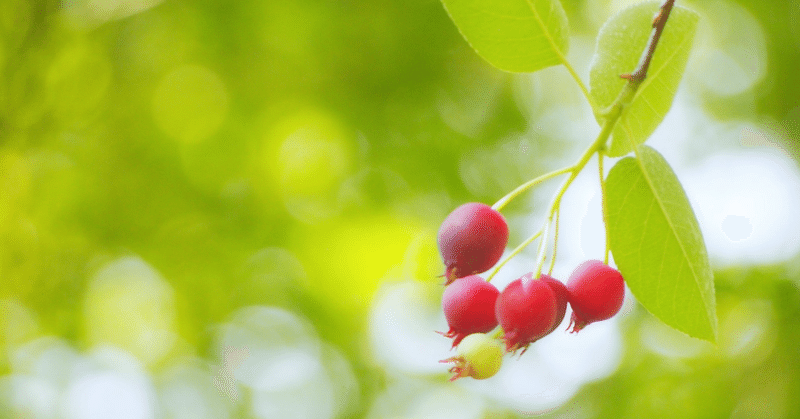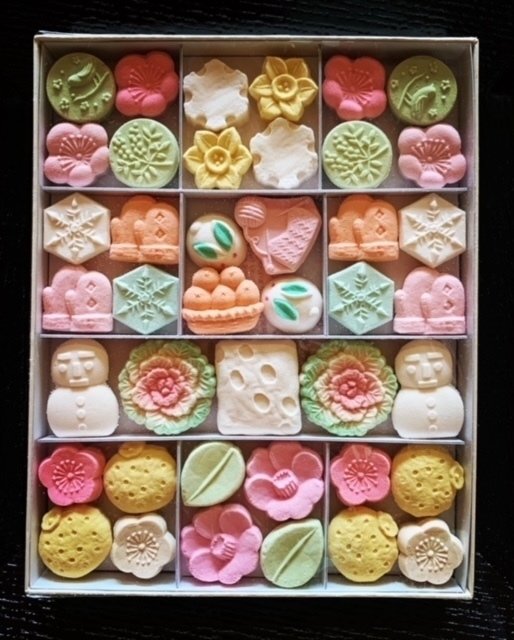
About the history of “WAGASI” as Japanese sweets [chapter 1]
When you lean Japanese tea ceremony, Japanese sweets are inseparable and important items.
For me, If there aren’t Japanese sweets, I didn’t even have a chance to start learning Japanese tea ceremony.
Anyway, Japanese sweets are beautiful, sweet and delicious!
There are two main styles of Japanese sweets.
One is “OMOGASHI” as main sweet which is served before ”KOI-CHA” as thick tea, and the other is “OHIGASHI” as dried sweet which is served before “USU-CHA” as thin tea.

The formaly tea ceremony is configured like this, Greeting - "SUMI-DEMAE" as first chacol procedure - ”KAISEKI” as cha-kaiseki cuisine - midway leaving - “GOZUMI-DEMAE“ as after chacol procedure - “KOI-CHA” - “USU-CHA” - Greeting.
We do all of the procedure, it takes about 4 hours! So, when I attend as a guest, I come with a great deal of preparation. (Oh, no it’s fun really!)
But, I’m sitting straight for 2hours, I’ll know my feet going numb.
Now, there are rarely ‘CHA-KAI” which takes 4hours recently, there are informal tea ceremony “OOYOSE NO CHA-KAI”. It has just “KOI-CHA” or “USU-CHA”.

Now, back to the topic, history of “WAGASHI”.
The National Wagashi Association's website (https://www.wagashi.or.jp/) describes the beginnings of the confectionery.
ーーーーーーーーーーーーーーーーーーーーーーーーーーーーーーーーーーー
In the past, when ancient people felt hungry, they would pick berries and fruits and eat them. Eventually, they became known as "KASHI”as sweets. The sweetness of this fruit child seems to have been a special thing for them, distinguishing it from their staple food.
Continue in chapter 2 !
mica♡matcha
この記事が気に入ったらサポートをしてみませんか?
